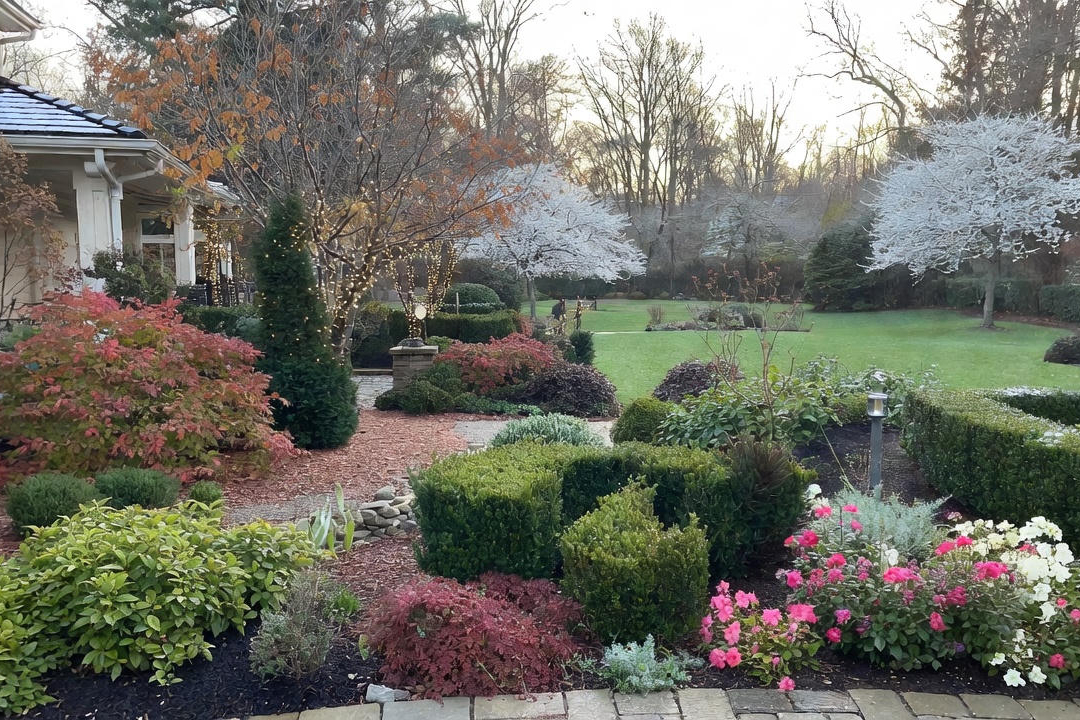
Prickly Pear Cactus is a beautiful ground hugging, native, multi-stemmed cactus that can survive both northern winter snow and harsh southwest weather with ease. Growing the cactus is easy and quite a novelty in northern gardens.
Prickly pear cactus has the most astonishing crowd-stopping 3-to-4-inch yellow flowers, but its beauty is tempered by its spiny cactus nature. Handle the pads carefully; while there are fewer spines on this variety of cactus than others, it can be a painful experience to come into contact with its needle-like bristles.
After the flowers complete their bloom, a deep red fruit called a “tuna” may appear, which has a slightly sour taste and can be made into jellies and jams. All parts of the prickly pear cactus are edible except the spines and prickles.
How to grow Eastern Prickly Pear Cactus
- Botanical Name -- Opuntia humifusa
- Other Name – Prickly Pear, Devil’s Tongue
- Bloom Period and Seasonal Colors -- Yellow flowers with striking red centers in summer
- Mature Height x Spread -- 1 to 1 ½ feet X 2 feet
- Botanical Pronunciation -- oh-PUN-tee-uh hew-mih-FEW-zuh
- Added Benefits -- Drought Tolerant. Native Plant. Deer and Rabbit Resistant. Attracts Beneficial pollinators. Edible.
- Sun Requirements – Sun
- USDA Garden Zones – Zone 4b–10b

Prickly pear cactus will grow most anywhere in full sun, but prefers poor, sandy, well-drained soil. Start either from potted plants or seed. Prickly pear cactus seed needs to be exposed to up to six weeks of cold conditions before they will produce growth. If branches break off of the cactus, do not remove them from the site. Simply replant the pad or branch about 2 inches into the soil, water sparingly, and it will take root and thrive.
No fertilizer is needed for this plant and it has no insect or disease pests that will seriously affect it. Winter is not an attractive time for the prickly pear cactus as it looks deflated, but it will perk up again in the spring. Use thick rose gloves and kitchen tongs to weed near, help harvest the cactus pads, or move the plant, being particularly cautious of the tiny, fuzzy prickles, which look unassuming, but hurt and itch relentlessly if embedded under the skin.
Peeled prickly pear cactus is edible and was used by Native Americans for medicinal purposes. Nopalitos is a Mexican dish prepared from the pads of the prickly pear cactus. They have a slightly tart taste and a crisp texture. Nopalitos are prepared with eggs and tortillas for breakfast, and prickly pear cactus is made into soups, salads, and main dishes. Its fruit juice is used in candies, jellies, and for desserts.
Download iScape now and learn how all types of interesting plants can be a part of your landscape designs. Or, if you need some design help, Hire-a-Designer now and let the iScape pro’s help guide you! iScape it!




ds.jpg)
.jpg)
